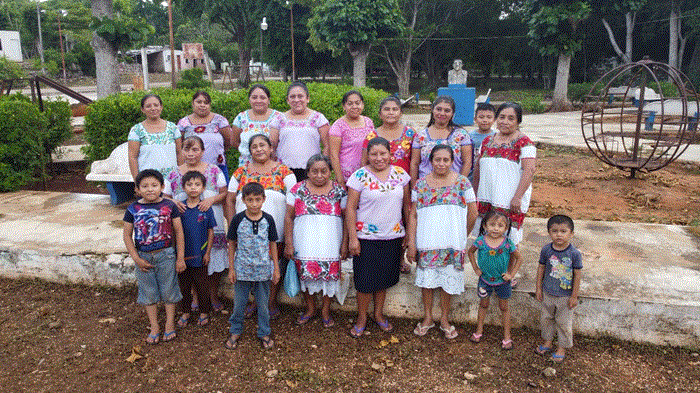Compared to last year, cases increased by 33%, reveals Inegi.
In Yucatán, according to the most recent mortality figures from the National Institute of Geography and Statistics (Inegi), the death rate from cervical cancer is 12.5 per 100,000 women over 25 years of age.
Taking into consideration that the 2020 Population and Housing Census revealed that 710,138 women aged 25 and over live in the state, there are 90 deaths per year, on average, from this type of cancer.
This year, until August 3, according to statistics from the Federal Ministry of Health, 172 cases of malignant tumors of the uterus have been confirmed (85 of the cervix and 87 of the body of the uterus). This figure exceeds by 33.33% the 129 cases reported in the same period in 2023 (56 of the cervix and 73 of the body of this organ).
According to the Ministry of Health, cervical cancer begins to form in the cervix of the woman, being the lowest part of the uterus. This condition originates when the healthy cells of the cervix increase and change without control, forming a mass called a tumor.
There are two main types of cervical cancer, named according to the type of cell where they originate: squamous cell carcinoma, which represents about 80% to 90% of cases and begins in the superficial cells of the cervix, and adenocarcinoma, which constitutes about 10% to 20% of cases and begins in the epithelial cells in the lower part of the birth canal.
In addition, long-term infection with the Human Papillomavirus (HPV) is a high-risk factor for almost all types of cervical cancer.
HPV types 16 and 18 can cause different types of cancer, including cervical cancer. HPV is not the only factor for developing cervical cancer; there are other important factors to consider that can increase a woman’s risk of developing this disease: a weakened immune system, genital herpes, and smoking.
And age, since the risk increases from late adolescence to mid-30s. In addition, long-term infection with the Human Papillomavirus (HPV) is a high-risk factor for almost all types of cervical cancer. HPV types 16 and 18 can cause different types of cancer, including cervical cancer.
TYT Newsroom


